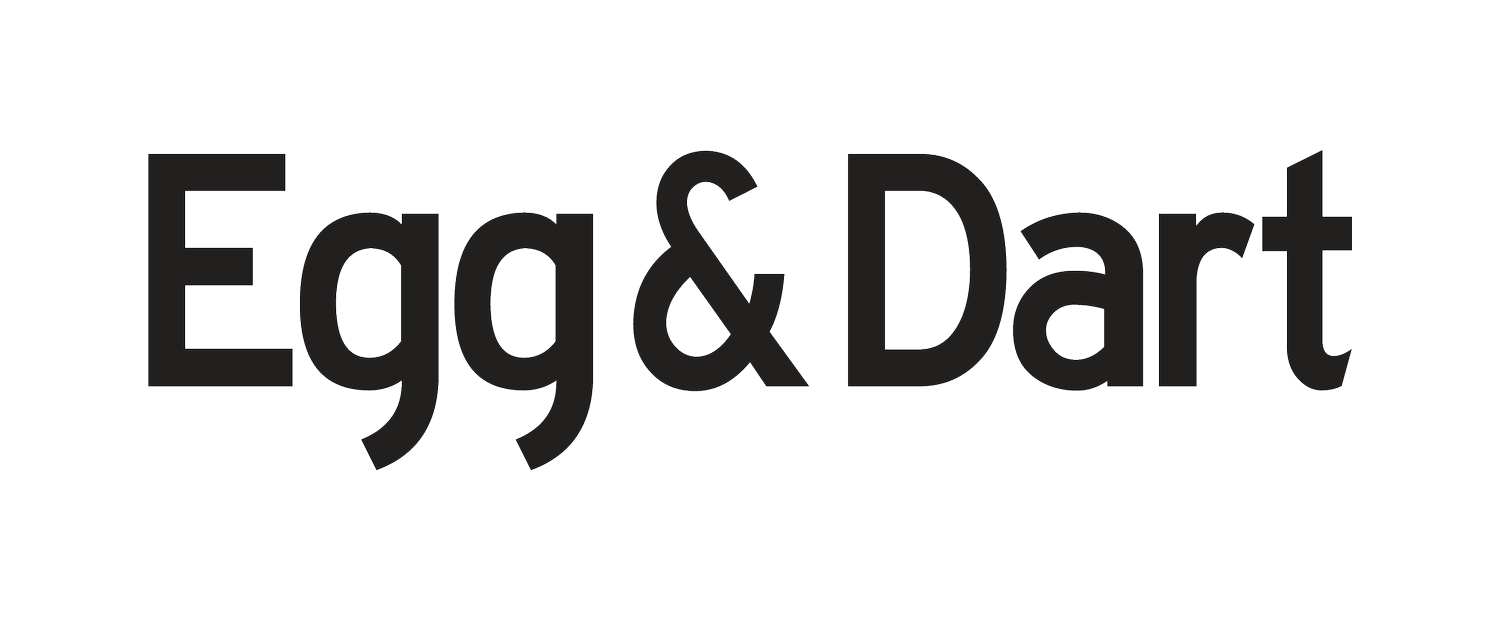Christopher Zanko uses a visual pattern language to make bold abstractions of residential architecture. His carved and painted surfaces echo the veneers applied to mid-century modern homes. With increasingly systemised techniques and larger formats, Zanko works with a range of tools to develop highly nuanced textures. In the latest work he is making complex choices about how to render depth in relief style. There are now also uncarved painted areas, the grey of a rendered wall, for instance, that further crop and contain the images. Pathways in the foreground cut through the composition in parallel to the high contrast shadows cast onto the houses.
Breeze block patterns are a recurring element. In design, the breeze block has been used as both decoration and screen. It works well in warm countries because it is a permeable wall, allowing airflow but blocking direct sun. But its ubiquity across architecture of utility (think bowling greens, surf clubs, toilet blocks) has diminished these innovative qualities to a nostalgic sign. In Stranger Avenue, Zanko has installed a breezeblock wall. Light cuts through these masonry components, casting shadows and introducing texture to the white gallery. Veiled effect of shadow and decoration are reiterated in the space from within the works. This convergence of effects renders the houses further obscured, a composite image of patterned shapes.
The artist’s use of tone is planar and dramatic. There are no gradients. Each surface is distinct, finding parallels between visual order and psychological order. The kinds of surface detail seen here could reveal an instinct by residents to domesticate or soften boxy modernism. The front garden and house is a formal portrait. It continues to serve a symbolic purpose of communicating stability and personal style within rather strict constraints. Planting, sculpted hedges, a carpet of lawn, all are expressions within limited scope serving to framing the structure.
Zanko draws our attention to the beauty available when form meets pattern and when organisation is sweetly interrupted by surface interest. But there is a vulnerability to this era of housing design and his work also acts as a permanent record of its quirks and definitive style.
Born in 1992 in Wollongong, Christopher Zanko has this year been a finalist in the Wynne Prize at the Art Gallery of New South Wales and the National Still Life Award at Coffs Harbour Regional Gallery. Most recently Zanko was a finalist in the Gosford Art Prize. His work is held in the collections of Wollongong Art Gallery and the University of Wollongong Collection. This is his second solo show at The Egg & Dart.
- Melody Willis









